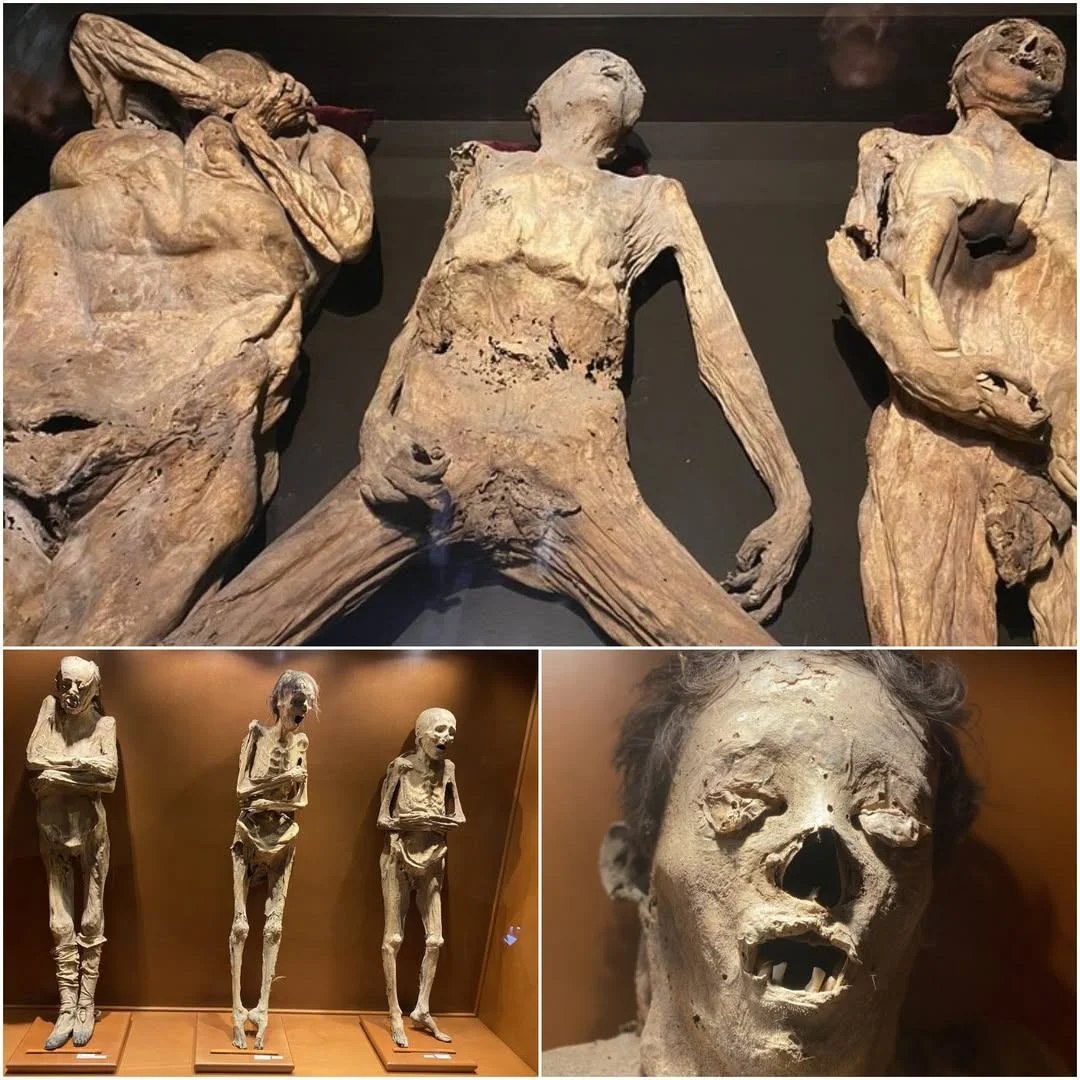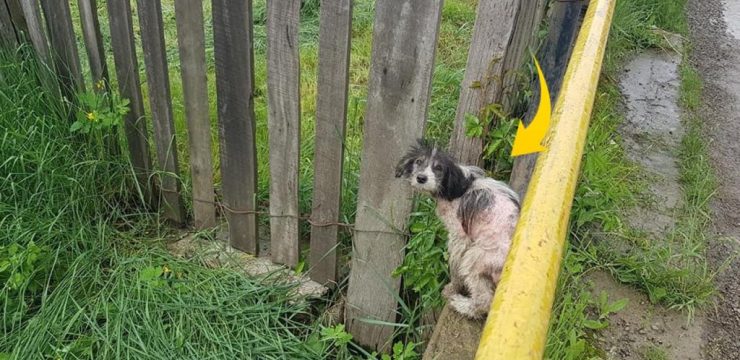In a remarkable archaeological discovery, researchers in Guanajuato, Mexico, have uncovered an ancient burial site containing human remains. This find has captivated both scholars and the public, providing invaluable insights into the history and culture of pre-Columbian civilizations in the region.

The excavation took place near the city of Guanajuato, an area renowned for its rich historical legacy and significance during the colonial era. Archaeologists unearthed a burial site believed to be over 500 years old, revealing remarkably well-preserved human remains. The exceptional state of preservation suggests that natural mummification may have occurred due to the region’s dry environment and unique burial practices.
The positioning of the bodies indicates ritualistic burials, reflecting the cultural practices of the time. Artifacts such as clay vessels, jewelry, and tools were also found alongside the remains, highlighting the spiritual and social significance of the burial rituals. These findings suggest that the area was influenced by various Mesoamerican cultures, including the Huichol and Tarahumara.
Guanajuato has long been a focal point for archaeological interest, particularly due to the famous Mummies of Guanajuato. These naturally mummified bodies, interred during a cholera outbreak in the 19th century, have been a significant attraction and subject of study. The recent discovery adds a new dimension to the understanding of the region’s historical timeline, extending insights further back into pre-Columbian times.
The preservation of the newly discovered remains is particularly noteworthy given the typically warm and dry climate of Guanajuato, which is not conducive to preserving organic material. This has led researchers to propose several theories, including the possibility that specific burial methods, combined with environmental factors, contributed to the natural mummification process.
This groundbreaking discovery is expected to enhance archaeological research in the Guanajuato region significantly. It sheds light on the burial customs and social structures of ancient civilizations and opens new avenues for understanding cultural development in Mesoamerica before the Spanish conquest. Studying these remains may provide new insights into the health, diet, and daily lives of people from that era.
The excavations in Guanajuato exemplify the advancements in modern archaeology. Utilizing cutting-edge technology, including advanced dating techniques and imaging, archaeologists can now extract more detailed information from these finds than ever before. This discovery may help resolve long-standing questions and further illuminate the region’s cultural history.
Moreover, this find has sparked renewed discussions about the preservation of archaeological sites and the importance of safeguarding Mexico’s cultural heritage. It underscores the necessity of protecting such invaluable finds for future generations to learn from and understand history.
The unearthing of ancient remains in Guanajuato is a true archaeological marvel. It provides a captivating glimpse into the burial traditions and lives of Mesoamerican cultures and paves the way for new research questions and discoveries. This find serves as a powerful reminder of the vast knowledge still to be uncovered about human history and the importance of preserving archaeological sites to comprehend our past.





